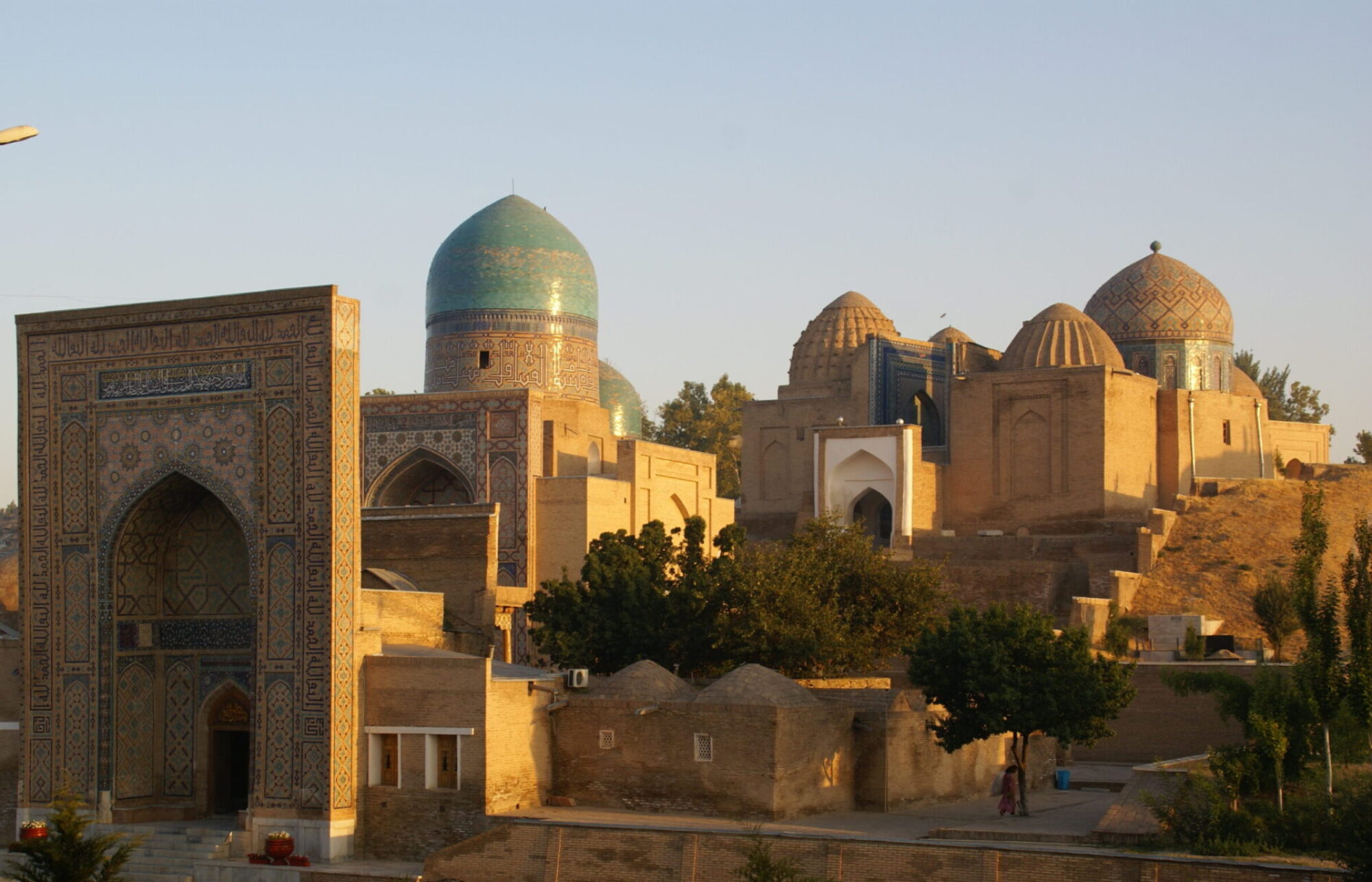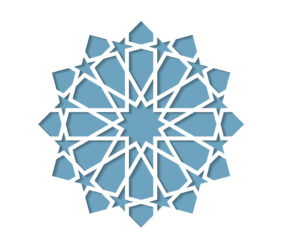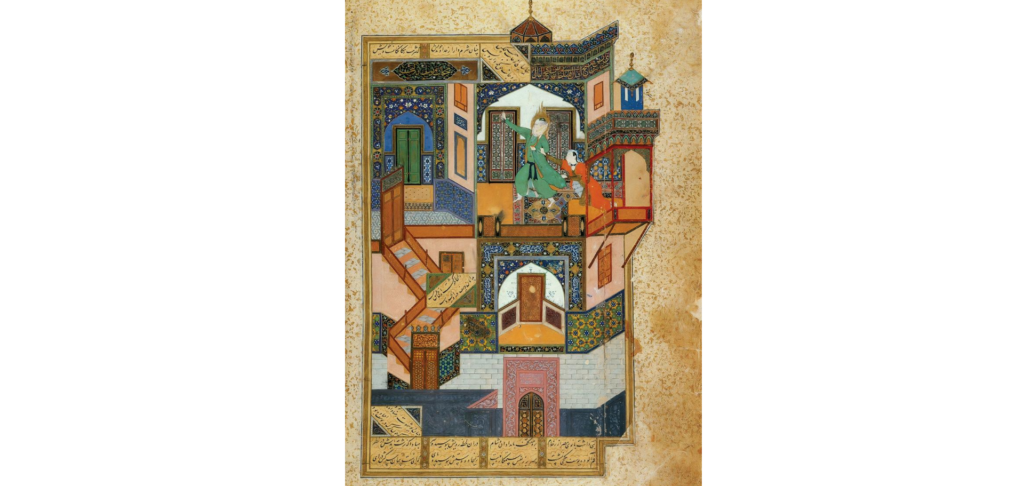
The Devil’s Fortress at Çıldır. (photo courtesy of Niko Kontovas, 2023)
T’ao-K’larjeti: The cradle of the Georgian Empire. From crumbling cathedrals to gleaming spires
In the late ninth century CE, after centuries of foreign domination in Tbilisi, the Bagratid family fled to their ancestral lands of ტაო T’ao and კლარჯეთი K’larjeti to the south. Here in their place of refuge, the Bagratids established the Kingdom of the Iberians. In doing so, they launched a cultural, religious, and political renaissance which would culminate in the establishment of the Georgian Empire and a dynasty that would endure for a millennium…… Continue reading
Here be dragons…
It is often that St. George was proclaimed as the patron saint of England at the Synod of Oxford in 1222, and though historians cast doubt on this claim, St George’s feast day has, in the minds of many, a special relationship with our city.
As it turns out, the patron “saint” of our library, the 12th c. CE poet نظامی گنجوی Niẓāmī Ganjavī, was also a huge fan of dragons, and featured them prominently in his story of the هفت پیکر Haft Paykar or “Seven Forms”. Continue reading
New Day, New Face!
What is Nowruz?
Nowruz is, at its core, a celebration of spring and – more specifically – of the spring equinox. In the Iranian calendar, which is a solar calendar, this is also the first day of the first month, فروردین Farvardīn, making Nowruz the Iranian New Year celebration.
While Nowruz is celebrated by numerous groups which do not make use of the Iranian calendar, the name Nowruz and certain traditions associated with it betray a common origin somewhere in the distant, pre-Islamic past of greater Iran. Continue reading




